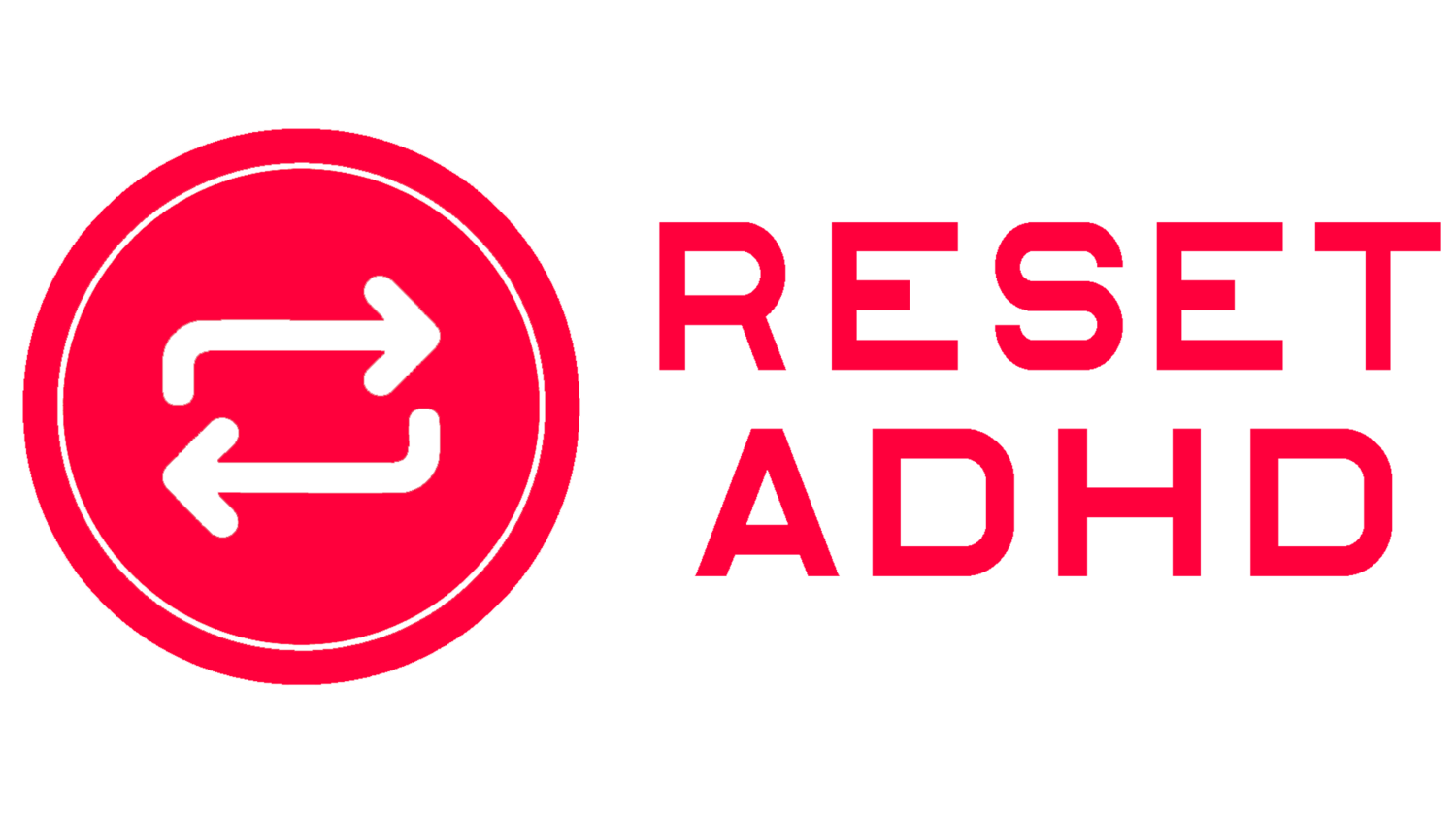The Secret to Time Management
Everybody always shares the same old advice for time management. The three big ones are: Plan on more time than you think you need (approximately 1.5–2 times as much time as you think you need) to do a task, aim to be 15–30 minutes early for everything, and use timers/alarms/planners. You’d think after years of people saying these things that everyone would be so much better at time management, but they are not.
Here is what no one tells you, except for me and whoever it was who told me (I think it was Tamara Rosier at #ADHDCon2018): The key to time management is energy management.
Energy Management
Whaaaat? Energy management? You heard me.
Think about it. If you had more energy, do you think you could use your time more efficiently? When you get enough sleep and give yourself enough time to recharge, the benefits are incredible. With more energy you will have a greater control of your impulsivity. This will prevent “One-More-Thing-itis.” You will also have increased focus. Less impulsivity and focus allows you to stay on task and be more productive.
This means you need to get more sleep. You need eight hours of sleep. Yes, you. No, you are not the exception. I don’t care how well you function on six hours; you need eight. If you don’t believe me, read this book. It will change your life.
Tamara Rosier’s Solve-It Grid
At the 2018 International Conference on ADHD, I had the privilege of listening to a presentation by Tamara Rosier, PhD on her “Solve-It Grid.” I used a computer program to produce the above image because, although Rosier has an online article about it, there is no visual image anywhere online. Using this grid can help you organize what you need to do and when you should do it.
The up and down part (or the Y-axis for the math nerds out there) is how emotional stimulating an activity is. The side to side part (or the X-axis for the math nerds out there) is how fun a task is.
The green quadrant is the stuff we love. It’s fun AND emotionally stimulating. Examples include spending time with people you love, working on a riddle or puzzle (if you are into that stuff), or engaging in work you enjoy.
The blue quadrant provides us with fun while giving our brain a break.These are fun things, but they are not super stimulating. This could be watching Netflix or scrolling through Facebook (or both at the same time).
The yellow quadrant is the boring stuff we have to do and don’t want to do. This is homework, household chores, and other awful things.
The red quadrant is the things that are not fun but are emotionally stimulating. If you have ever put something off until the last minute and had to frantically finish it before the deadline, you know what the red quadrant is. This is the unhealthy quadrant. It can lead to burnout if we rely on this quadrant too much.
Rosier has a Goldilocks Rule for these quadrants: You don’t want too much or too little of these quadrants (with the exception of red). Green is fun and great. We need that in our lives. However, some people never allow themselves green because they feel they haven’t earned it. The green quadrant is not a reward; it is a necessity. The blue quadrant is also a fun zone, but it can be dangerous. Yes we need the rest and relaxation, but we don’t want to spend so much time in the blue that we do not have the motivation to do things. In the yellow quadrant, it is best to finish these task before a deadline creeps up and they become red. When you know you have a yellow task to do, just do it before it becomes red or find a way to jazz it up so it becomes green or blue.
At the start of the day, ask yourself, “How am I going to feed myself with these quadrants today?” During the day, ask yourself three questions:
Where am I?
How did I get here?
Where should I be?

